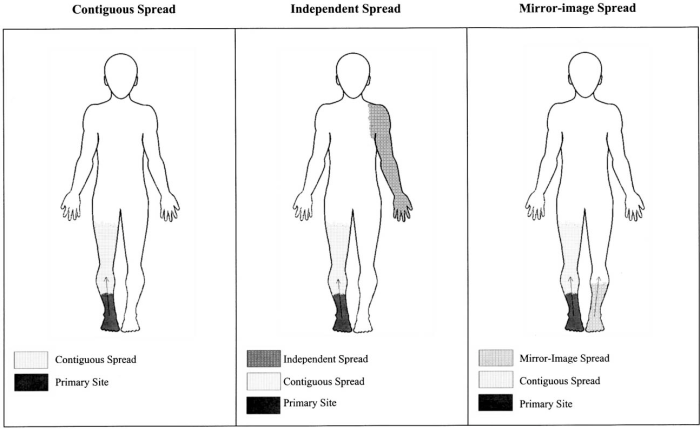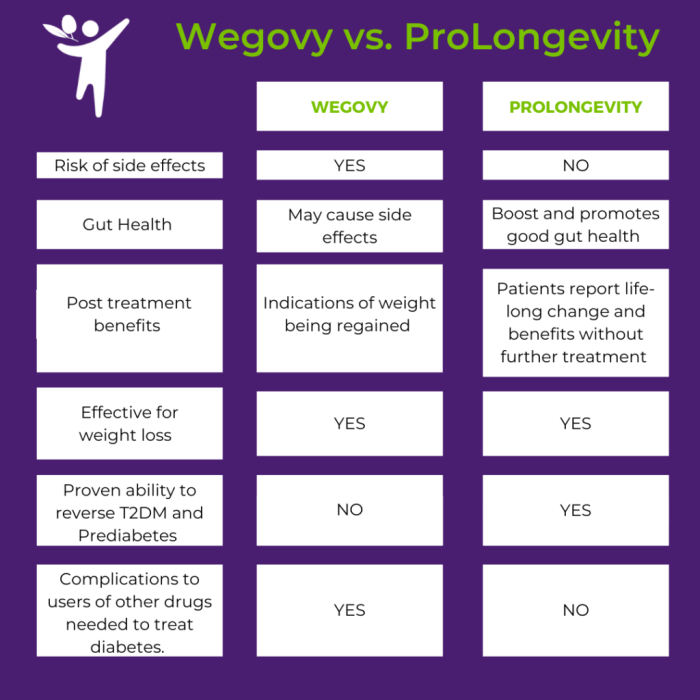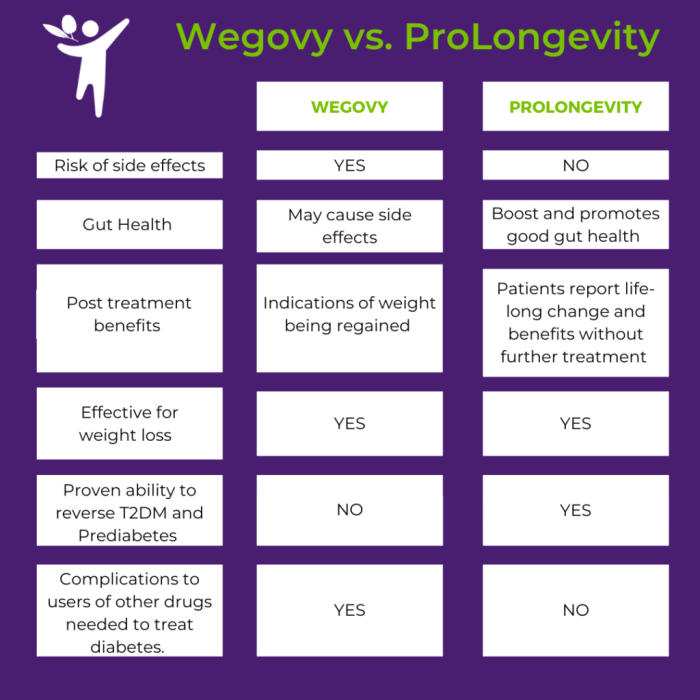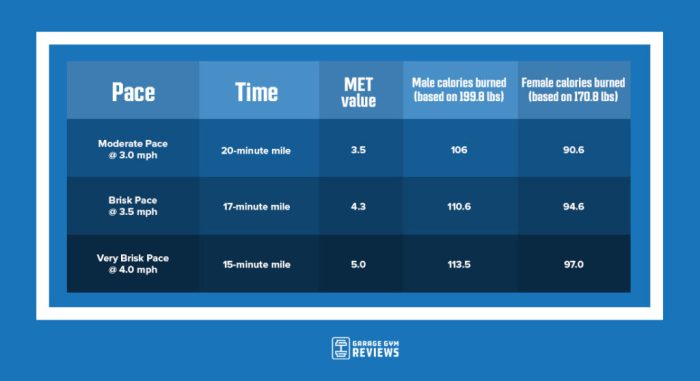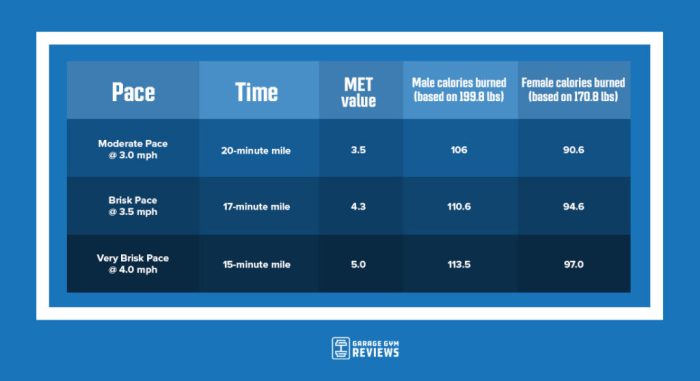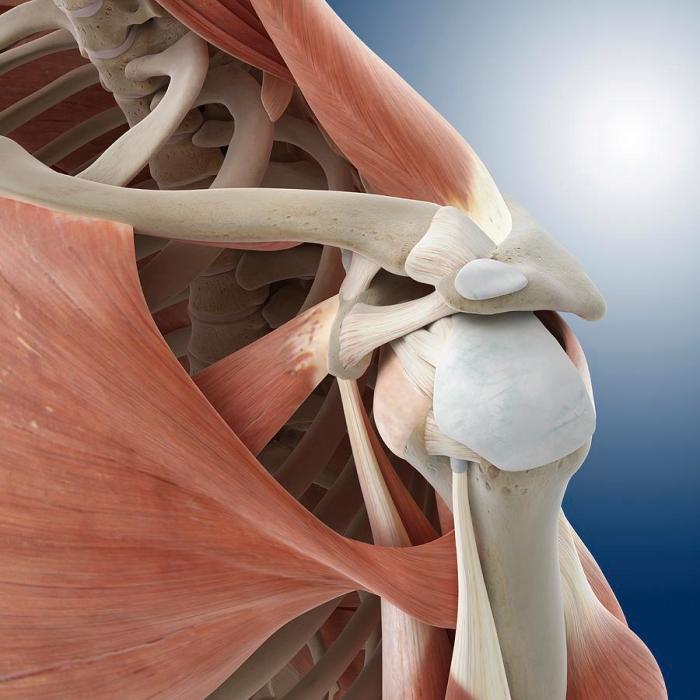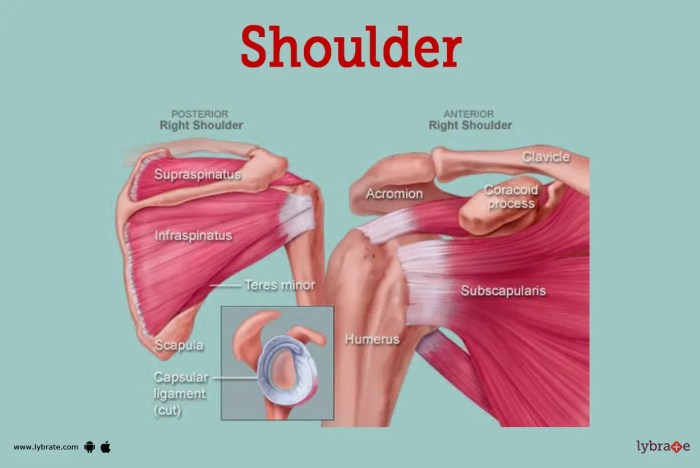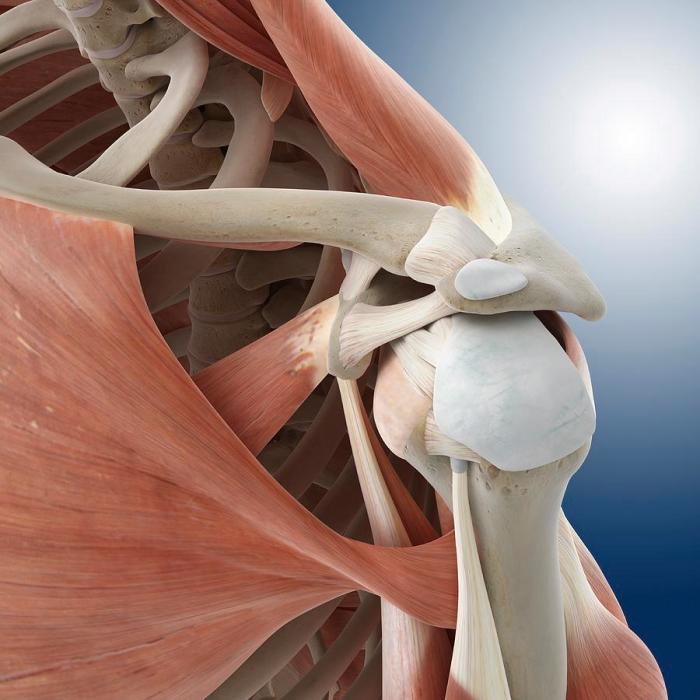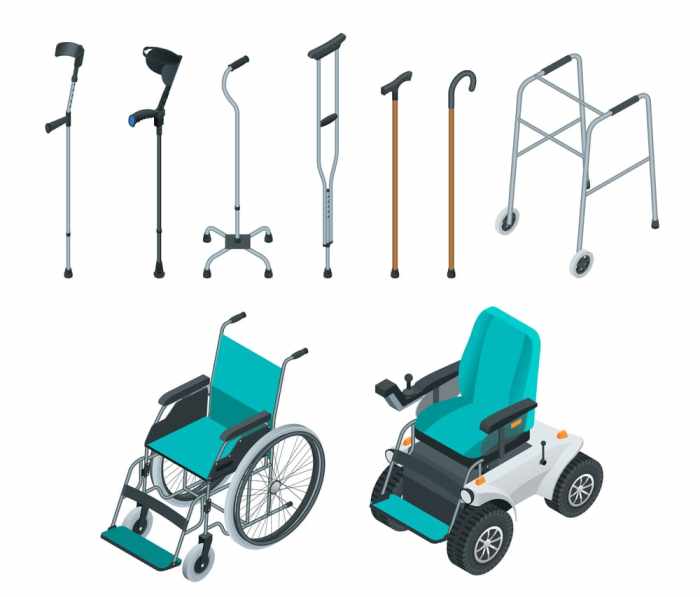What is reflex sympathetic dystrophy syndrome rsd – What is reflex sympathetic dystrophy syndrome (RSD)? This chronic pain condition, often stemming from an injury, can significantly impact a person’s life. Understanding the stages, symptoms, and potential causes is crucial for those affected and their support networks. We’ll explore the complexities of RSD, from its historical context to current research and the importance of treatment and support.
RSD, also known as complex regional pain syndrome (CRPS), is characterized by intense pain, swelling, and changes in skin color and temperature in an affected limb. This overview delves into the multifaceted aspects of this syndrome, examining the intricate relationship between the nervous system, injuries, and the development of chronic pain.
Definition and Overview: What Is Reflex Sympathetic Dystrophy Syndrome Rsd
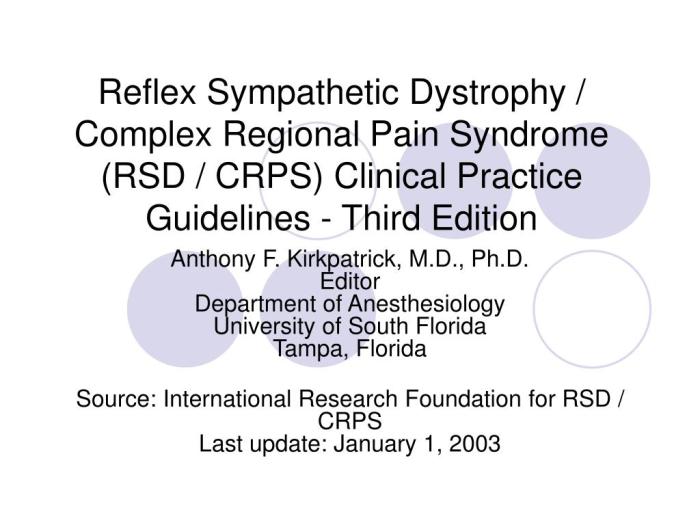
Reflex Sympathetic Dystrophy (RSD), now more accurately termed Complex Regional Pain Syndrome (CRPS) type I, is a chronic pain disorder characterized by intense, debilitating pain in a limb, often triggered by an injury or other seemingly minor trauma. It’s a complex condition affecting the nervous system, and its precise mechanisms are still under investigation. Understanding its various stages and symptoms is crucial for appropriate diagnosis and treatment.The historical understanding of RSD has evolved significantly.
Initially, it was viewed as a purely neurological issue, but modern research highlights the involvement of the autonomic nervous system and its impact on the limb’s vasculature, metabolism, and sensory processing. This shift in understanding has led to improved diagnostic criteria and more effective treatment approaches.
Stages of RSD
RSD typically progresses through distinct stages. Recognition of these stages aids in treatment planning and prognosis. Early detection and intervention are crucial to prevent the progression to more severe symptoms.
- Stage 1 (Early Stage): This phase is characterized by edema (swelling), pain, and skin changes. The skin might become warm or cool to the touch, and the affected limb might exhibit abnormal sweating patterns. This stage usually lasts for a few weeks to months, and the symptoms are often manageable with conservative treatment.
- Stage 2 (Established Stage): In this stage, pain intensifies, and the limb’s appearance becomes more altered. The skin may exhibit trophic changes, such as thinning, discoloration, or abnormal hair growth. Joint stiffness and limited range of motion are also common. This stage often requires more aggressive therapeutic interventions.
- Stage 3 (Late Stage): This is the most severe stage, characterized by profound pain, significant functional limitations, and irreversible changes in the affected limb. The limb may appear deformed, with persistent atrophy and reduced movement. In this stage, the quality of life can be significantly impacted, and effective treatment is often challenging.
Common Symptoms
RSD presents with a wide range of symptoms, impacting both physical and psychological well-being. These symptoms often overlap, making diagnosis complex.
- Pain: Intense, burning, or shooting pain that is disproportionate to the initial injury is a hallmark symptom. The pain can be continuous or episodic, and it’s often described as “unbearable” by those experiencing it.
- Swelling: Edema, or swelling, in the affected limb is a common manifestation. This swelling can fluctuate or remain persistent.
- Skin Changes: The skin may exhibit changes in temperature, color, or texture. These changes can include redness, coolness, or excessive sweating. Trophic changes, such as skin thinning, hair loss, or nail abnormalities, can also occur.
- Muscle Atrophy: Muscle wasting, or atrophy, can develop over time, further impairing the affected limb’s function.
- Limited Range of Motion: Joint stiffness and restricted movement in the affected limb are common, leading to difficulties with daily tasks.
RSD vs. CRPS
Distinguishing RSD from Complex Regional Pain Syndrome (CRPS) is crucial for accurate diagnosis and treatment. While often used interchangeably, there are subtle but important differences.
| Feature | RSD (CRPS Type I) | CRPS Type II |
|---|---|---|
| Cause | Often follows an injury or trauma. | Usually associated with a nerve injury. |
| Autonomic Involvement | Significant autonomic nervous system involvement, with potential for vasomotor instability. | Less prominent autonomic involvement, with focus on nerve damage. |
| Sensory Changes | Sensory changes, such as allodynia (pain from non-painful stimuli), are present. | Sensory changes are directly related to the specific nerve injury. |
| Pathophysiology | Thought to involve complex interplay of nervous system factors. | Focused on nerve damage and its effects. |
Causes and Risk Factors
Reflex sympathetic dystrophy (RSD), a complex and often debilitating condition, has a perplexing etiology. While a definitive cause remains elusive, researchers have identified several potential triggers and risk factors, highlighting the interplay of various physiological and environmental factors. Understanding these factors is crucial for early detection and appropriate management.The precise mechanisms behind RSD development are still under investigation.
However, a prevailing theory suggests that a cascade of events, initiated by a trigger, leads to the characteristic pain, swelling, and functional impairment. This intricate process involves a complex interplay of the nervous system, inflammation, and other biological responses.
Reflex sympathetic dystrophy syndrome (RSD) is a complex condition causing pain, swelling, and sometimes limited movement in the affected limb. It can also surprisingly lead to other issues like shortness of breath when walking, which can be a significant symptom. If you’re experiencing this, it’s important to consult a doctor to understand the underlying cause, which could be RSD.
Understanding the connection between RSD and shortness of breath when walking is key to effective management. It’s crucial to remember that RSD can significantly impact daily life and requires careful diagnosis and treatment.
Potential Causes of RSD
Traumatic injuries are frequently cited as a major precipitating factor for RSD. These injuries can range from relatively minor fractures or sprains to more significant traumas like car accidents or falls. The severity of the injury does not always correlate with the risk of developing RSD, emphasizing the multifaceted nature of the condition. For instance, a seemingly minor ankle sprain can sometimes trigger a cascade of events leading to RSD, while a major injury may not.
Role of Nerve Damage in RSD Development
Nerve damage, whether direct or indirect, is strongly implicated in the pathophysiology of RSD. Damage to peripheral nerves can lead to abnormal signaling within the nervous system, potentially contributing to the persistent pain and other symptoms associated with RSD. This abnormal nerve activity can result from various sources including direct nerve trauma, compression, or inflammation. For example, a surgical procedure involving nerve manipulation could, in some cases, increase the risk of developing RSD.
Risk Factors for RSD
Certain factors increase an individual’s susceptibility to developing RSD. These include a pre-existing medical condition that may predispose an individual to this condition, such as diabetes or vascular disease, which can compromise nerve function and tissue health. Moreover, a person’s age, gender, and genetic predisposition might play a role, although the specific genetic links are still under investigation.
Examples of Situations Where RSD Might Develop
RSD can develop following a variety of injuries and events. For example, a patient who sustains a fracture during a sporting event, or a person who experiences a significant fall while hiking, could potentially develop RSD. A common scenario involves a wrist fracture that, despite proper treatment, leads to a prolonged period of pain and swelling, eventually escalating into RSD.
Another example is a person who experiences a minor burn or a repetitive strain injury, which, in some instances, can lead to the development of RSD.
Types of Injuries That Might Trigger RSD
A diverse range of injuries can potentially trigger RSD. These include fractures, sprains, dislocations, and other soft tissue injuries. Burns, both thermal and chemical, can also be a trigger. Furthermore, surgical procedures, particularly those involving nerve manipulation, can increase the risk of RSD. Importantly, the nature of the injury is not always a straightforward predictor of RSD development.
A minor injury in one person may trigger the condition, while a major injury in another might not.
Current Understanding of RSD Pathophysiology
The current understanding of RSD’s pathophysiology emphasizes the complex interplay of various factors, including the nervous system, inflammation, and hormonal changes.
“A dysregulation of the sympathetic nervous system is believed to play a central role in the cascade of events that characterize RSD.”
This dysregulation leads to abnormal blood flow, tissue changes, and persistent pain. This intricate network of interactions results in a multifaceted condition with variable presentations. While research continues, the focus remains on understanding the exact mechanisms that trigger and perpetuate this complex syndrome.
Diagnosis and Evaluation
Diagnosing Reflex Sympathetic Dystrophy (RSD) can be challenging due to its complex and varied presentation. Accurate diagnosis relies on a combination of clinical assessment, medical imaging, and exclusionary testing to rule out other conditions with similar symptoms. This process involves careful evaluation of the patient’s history, physical examination findings, and supporting laboratory results.A thorough understanding of the diagnostic criteria, imaging techniques, and exclusionary tests is crucial for clinicians to make an accurate diagnosis and initiate appropriate treatment plans.
This process also helps differentiate RSD from other conditions that may mimic its symptoms.
Diagnostic Criteria for RSD
The diagnostic criteria for RSD often involve a combination of symptoms and findings. These criteria typically include the presence of persistent pain, allodynia (pain from a normally non-painful stimulus), and trophic changes (such as skin changes or nail abnormalities) in a specific limb or region. A key aspect is the correlation of these symptoms with the initial triggering event.
Moreover, the duration and progression of the symptoms are significant factors considered during the diagnostic process.
Role of Medical Imaging in Diagnosing RSD
Medical imaging plays a crucial role in the diagnostic evaluation of RSD. X-rays, bone scans, and MRI scans can help identify potential underlying causes of pain and any associated bone or soft tissue abnormalities. For instance, X-rays might reveal signs of bone demineralization, while bone scans can detect increased bone activity in affected areas. MRI scans can provide detailed images of soft tissues and nerves, helping to rule out other conditions.
The absence of specific abnormalities on imaging studies does not rule out RSD, and further investigation is often necessary.
Process of Physical Examination in Diagnosing RSD
The physical examination is essential in evaluating RSD. A thorough physical examination involves assessing the affected limb for signs of swelling, tenderness, temperature changes, and altered skin texture. Range of motion, muscle strength, and sensory function are also examined. Careful attention is given to the presence of allodynia and hyperalgesia (exaggerated pain response to stimuli). The examiner will compare the affected limb to the unaffected side for symmetry and any discernible differences.
Tests to Rule Out Other Conditions
Several tests may be performed to rule out other conditions that could mimic RSD symptoms. These tests may include nerve conduction studies, electromyography (EMG), blood tests, and vascular studies. These tests are particularly important in distinguishing RSD from other conditions with similar pain presentations, such as complex regional pain syndrome type I (CRPS type I), nerve entrapment, or vascular disorders.
The choice of tests will depend on the specific clinical presentation and suspicion of other potential diagnoses.
Steps Involved in the Diagnosis of RSD
| Step | Description | Diagnostic Tool | Role ||—|—|—|—|| 1 | Patient history and symptom evaluation | Patient interview | Identify the triggering event, symptom duration, and pain characteristics || 2 | Physical examination | Physical examination | Assess for swelling, tenderness, temperature changes, and allodynia. || 3 | Medical imaging | X-rays, bone scans, MRI | Detect bone changes, inflammation, or nerve involvement.
|| 4 | Exclusionary tests | Nerve conduction studies, EMG, blood tests, vascular studies | Rule out other conditions that mimic RSD. |
Diagnostic Tools and Their Roles
| Diagnostic Tool | Role ||—|—|| X-rays | Identify potential bone abnormalities, such as demineralization. || Bone scans | Detect increased bone activity in affected areas. || MRI | Visualize soft tissues and nerves to rule out other conditions. || Nerve conduction studies | Assess the function of peripheral nerves. || Electromyography (EMG) | Evaluate muscle function and identify nerve damage.
|| Blood tests | Rule out other medical conditions that might contribute to the symptoms. || Vascular studies | Assess blood flow to the affected limb to rule out vascular disorders. |
Treatment and Management
RSD, a complex condition, necessitates a multifaceted approach to treatment. Effective management focuses on alleviating pain, reducing inflammation, and restoring function. A personalized treatment plan is crucial, considering individual patient needs and responses. This often involves a combination of medical interventions, physical therapies, and potentially, psychological support.
Medication Management
Medications play a vital role in managing RSD symptoms. Pain relievers, such as nonsteroidal anti-inflammatory drugs (NSAIDs), are often prescribed to address pain and inflammation. Opioids may be considered for severe pain, though their use should be carefully evaluated due to potential side effects. Corticosteroids, powerful anti-inflammatory drugs, may be administered to reduce inflammation and swelling in affected areas.
Bisphosphonates, while primarily used for osteoporosis, may be employed in some cases to reduce bone loss associated with RSD. Additionally, certain antidepressants, particularly tricyclic antidepressants (TCAs) and selective serotonin reuptake inhibitors (SSRIs), may help manage neuropathic pain, a frequent symptom of RSD. The specific medications and dosages are tailored to each patient’s condition and response.
Physical Therapy
Physical therapy is essential in RSD recovery. Therapeutic exercises, tailored to the affected area, help maintain joint mobility, muscle strength, and range of motion. Occupational therapy may also be incorporated to assist with daily tasks and activities. This often involves techniques such as gentle stretching, strengthening exercises, and manual therapy. The goal of physical therapy is to improve function and reduce pain, promoting a return to daily activities.
Comparison of Treatment Approaches
No single treatment approach universally proves most effective for RSD. The effectiveness of each method can vary significantly from patient to patient. The best approach often combines different treatment modalities to achieve optimal outcomes. For instance, a patient might benefit from a combination of medication, physical therapy, and psychological support, rather than relying solely on one intervention.
Individualized treatment plans, adjusted based on patient response, are crucial for managing RSD effectively.
Pain and Inflammation Therapies
Various therapies are employed to address pain and inflammation associated with RSD. These include topical analgesics, such as creams or ointments containing menthol or capsaicin. Transcutaneous electrical nerve stimulation (TENS) utilizes electrical impulses to relieve pain. In some cases, interventional pain management techniques, such as nerve blocks or regional anesthetic injections, may be considered for targeted pain relief.
These approaches aim to address specific pain triggers or areas of inflammation.
Treatment Modalities and Effectiveness
| Treatment Modality | Potential Effectiveness | Considerations |
|---|---|---|
| Nonsteroidal anti-inflammatory drugs (NSAIDs) | Effective in reducing mild to moderate pain and inflammation. | May cause gastrointestinal side effects. |
| Corticosteroids | Can provide rapid relief from inflammation. | Potential for side effects, including osteoporosis and elevated blood sugar. |
| Physical therapy | Improves function, reduces pain, and enhances quality of life. | Requires patient adherence and consistency. |
| Psychological support | Helpful in managing stress and anxiety associated with RSD. | Often beneficial in combination with other therapies. |
| Interventional pain management | Potentially effective for targeted pain relief. | Requires careful consideration of risks and potential complications. |
Prognosis and Long-Term Outcomes
RSD, or Reflex Sympathetic Dystrophy, is a complex condition that can significantly impact a person’s life. Understanding the potential long-term outcomes is crucial for both patients and healthcare providers in developing effective management strategies. The journey through RSD is often characterized by unpredictable fluctuations in symptoms, making accurate predictions about the future challenging. However, careful monitoring and proactive management can often improve the prognosis and minimize long-term complications.While a complete recovery is possible for some, others may experience persistent symptoms and functional limitations.
Factors like the severity of the initial injury, the duration of the condition, and the individual’s response to treatment all contribute to the eventual outcome. Proactive management, including physical therapy, pain management, and psychological support, is key to optimizing long-term outcomes and improving quality of life.
Reflex sympathetic dystrophy syndrome (RSD) is a chronic pain condition that can be incredibly debilitating. It often involves intense pain, swelling, and changes in skin color and temperature. While there’s no known cure for RSD, managing symptoms and finding relief is key. Research into alternative treatments and lifestyle changes are constantly evolving, similar to the search for a type 2 diabetes cure which is still actively pursued.
Ultimately, understanding the underlying causes of RSD and developing effective treatment strategies remains a crucial area of focus for medical professionals.
Expected Prognosis
The prognosis for RSD varies greatly depending on individual factors. Some individuals experience significant improvement with treatment, returning to their pre-RSD functional levels. However, others may experience persistent pain, reduced range of motion, and functional limitations that impact their daily activities. The time it takes to reach a stable state can vary considerably, with some individuals experiencing ongoing challenges for months or even years.
Potential Long-Term Complications
RSD can lead to a range of long-term complications, impacting various aspects of daily life. These complications often stem from the persistent pain, inflammation, and nerve damage associated with the condition. Chronic pain, joint contractures, muscle atrophy, and decreased mobility are among the potential long-term consequences. Furthermore, psychological distress, including anxiety and depression, can arise as a result of the chronic nature of the condition.
Factors Influencing Long-Term Outcomes
Several factors influence the long-term outcomes of RSD. These include the severity of the initial injury, the promptness and effectiveness of treatment, the patient’s overall health and resilience, and the presence of co-existing conditions. Adherence to prescribed therapies, engagement in physical rehabilitation, and psychological support are vital factors that can positively impact the long-term prognosis.
Importance of Patient Support
The emotional and psychological well-being of individuals with RSD is paramount. Support from family, friends, and healthcare professionals is crucial in helping patients cope with the challenges of the condition. Support groups, counseling, and access to information are all essential components of effective patient support. This holistic approach is essential in managing RSD’s long-term effects.
Comprehensive Overview of Long-Term Effects on Quality of Life
RSD can significantly impact an individual’s quality of life. The persistent pain, functional limitations, and psychological distress can make daily tasks challenging. Reduced participation in social activities, work limitations, and difficulties maintaining relationships are common consequences. A comprehensive approach to management, incorporating medical, physical, and psychological support, is essential to minimize these negative impacts and improve quality of life.
Potential Outcomes of RSD
| Category | Description | Examples | Preventative Measures |
|---|---|---|---|
| Short-term | Early symptoms, pain, inflammation. Initial response to treatment | Pain, swelling, reduced mobility, difficulty performing daily tasks. | Early diagnosis and intervention, adherence to prescribed treatments, and engagement in physical therapy. |
| Medium-term | Progression of symptoms, possible development of complications, and ongoing treatment | Chronic pain, joint contractures, muscle weakness, and emotional distress. | Continued adherence to treatment, consistent physical therapy, and stress management techniques. |
| Long-term | Persistent symptoms, limitations in daily activities, and potential impact on quality of life | Chronic pain, mobility issues, social isolation, and psychological distress. | Regular follow-up with healthcare providers, proactive pain management strategies, and ongoing support networks. |
| Preventative Measures | Strategies to reduce the likelihood of long-term complications | Early diagnosis, aggressive treatment, patient education, and ongoing support. | Continuous monitoring, early intervention, lifestyle modifications, and ongoing support. |
Living with RSD
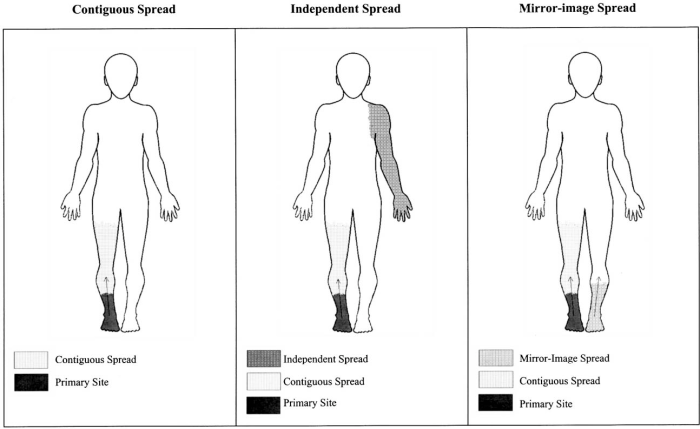
RSD profoundly impacts daily life, often making simple tasks feel overwhelming. The chronic pain, along with other associated symptoms, can significantly restrict activities and diminish quality of life. Understanding the challenges and developing coping strategies are crucial for navigating this condition effectively.Living with RSD is a complex journey marked by fluctuating symptoms, unpredictable pain levels, and the constant need for adjustments.
This often necessitates a proactive approach to manage the condition, including seeking support, developing coping mechanisms, and maintaining a positive outlook.
Impact on Daily Life
RSD significantly alters daily routines. Pain can make simple tasks like dressing, bathing, or even walking feel arduous and exhausting. This can lead to isolation and a decline in social interactions as individuals struggle to maintain their usual activities. Difficulties in concentrating and performing work tasks are also common, impacting employment and financial stability.
Reflex sympathetic dystrophy syndrome (RSD) is a complex condition that often involves pain and swelling in a limb. Understanding the potential underlying issues is key, and one important area to consider is osteopenia, a condition where bone density is lower than normal. Learning more about this can be beneficial for those affected by RSD, as it can influence treatment plans.
For a deeper dive into osteopenia, check out this helpful resource: osteopenia what you need to know. Ultimately, understanding the different factors that can play a role in RSD is vital for effective management and support.
Importance of Support Systems
A robust support system is essential for navigating the challenges of RSD. Family, friends, and support groups provide emotional encouragement, practical assistance, and a sense of belonging. These networks offer a crucial lifeline during challenging times, helping individuals feel less alone and more equipped to cope with the condition. The understanding and empathy from others who have experienced similar challenges can be invaluable.
Strategies for Coping with Chronic Pain
Effective pain management strategies are vital for improving quality of life. These strategies encompass various approaches, including medication management, physical therapy, and alternative therapies. Relaxation techniques, such as meditation and deep breathing exercises, can also help manage pain perception and stress levels. Cognitive behavioral therapy (CBT) can help individuals reframe their thoughts and perceptions about pain, leading to improved emotional regulation.
It is essential to develop a personalized pain management plan that considers individual needs and preferences.
Support Groups and Resources
Numerous support groups and resources are available to assist individuals with RSD. These resources can provide practical information, emotional support, and connections with others facing similar challenges. Online forums, support groups, and patient advocacy organizations offer opportunities for shared experiences and valuable insights. Local healthcare providers, pain management specialists, and rehabilitation centers can also provide crucial support and guidance.
- National RSD Foundation
- Online support forums and groups
- Local pain management clinics
- Physical therapy facilities
- Mental health professionals (psychologists, therapists)
Psychological Aspects of Living with RSD
The psychological impact of RSD can be profound. The chronic pain, limitations, and uncertainty associated with the condition can contribute to feelings of anxiety, depression, and frustration. Coping with these emotional challenges is just as important as managing physical symptoms. Maintaining a positive outlook and engaging in activities that bring joy and relaxation are crucial for emotional well-being.
Managing Emotional Well-being
Managing emotional well-being while living with RSD requires a multifaceted approach. Seeking professional mental health support, such as counseling or therapy, can provide valuable coping mechanisms and strategies. Connecting with support groups can offer a sense of community and shared understanding. Engaging in activities that promote relaxation and stress reduction, like yoga, meditation, or spending time in nature, can help regulate emotional responses.
Research and Future Directions
Research into Reflex Sympathetic Dystrophy (RSD) is ongoing, driven by the desire to improve treatments and ultimately find a cure for this debilitating condition. Current research efforts are multifaceted, focusing on understanding the underlying mechanisms of RSD, identifying biomarkers for early diagnosis, and developing novel therapeutic strategies. This ongoing investigation holds promise for significant advancements in the future management of RSD.
Current Research Efforts
Research into RSD is tackling various aspects of the condition. Scientists are investigating the complex interplay of neurological, inflammatory, and vascular factors that contribute to the development and progression of RSD. This includes exploring the role of the autonomic nervous system, the immune response, and blood flow regulation in the affected limb. Advanced imaging techniques, such as MRI and PET scans, are being utilized to visualize and quantify the changes occurring within the affected tissues, providing valuable insights into the pathophysiology of RSD.
Potential Breakthroughs in Treatment, What is reflex sympathetic dystrophy syndrome rsd
Several promising avenues of research hold the potential for breakthroughs in RSD treatment. One area of focus involves the development of targeted therapies that specifically address the inflammatory and pain pathways implicated in the condition. This includes investigating the use of novel medications and therapies to reduce inflammation and modulate pain signals in the affected area. Another area of investigation explores the potential of stem cell therapies to promote tissue regeneration and repair in the damaged tissues.
The potential impact of such therapies on nerve regeneration and blood flow restoration is a key area of interest.
Areas Requiring Further Investigation
Despite significant progress, several areas require further investigation to fully understand and manage RSD. One critical area is the development of more accurate diagnostic tools. The ability to diagnose RSD early and definitively is crucial for timely intervention and optimal treatment outcomes. Another area of focus is identifying specific biomarkers that can predict the response to different treatment modalities.
Such biomarkers would allow for personalized treatment strategies, tailoring interventions to individual patient needs and prognoses.
Importance of Ongoing Research
Ongoing research is essential for improving outcomes for individuals living with RSD. The current understanding of RSD, though substantial, is not yet comprehensive. Further research can lead to a more precise understanding of the disease’s pathophysiology, allowing for the development of more effective diagnostic tools and treatments. This knowledge will not only enhance the quality of life for those affected by RSD but also contribute to a broader understanding of chronic pain conditions.
Continued investment in research is critical to achieving these goals.
Summary of Latest Research Findings
Recent research has highlighted the complex role of the nervous system in RSD. Studies have demonstrated alterations in nerve function and activity, potentially influencing the perception of pain and the development of secondary complications. This understanding emphasizes the need for treatments that target both the peripheral and central nervous system to address the multifaceted nature of RSD. Furthermore, some studies have explored the use of non-pharmacological interventions, such as physical therapy and cognitive behavioral therapy, in conjunction with pharmacological treatments, which suggests a promising approach to comprehensive RSD management.
Table: Areas of Ongoing Research and Potential Impact on Treatment
| Area of Research | Potential Impact on Treatment |
|---|---|
| Development of novel diagnostic tools | Improved early detection and accurate diagnosis, leading to timely interventions and optimized treatment outcomes. |
| Identification of specific biomarkers | Personalized treatment strategies, tailoring interventions to individual patient needs and prognoses. |
| Targeted therapies for inflammation and pain | Reduced inflammation and pain, improving quality of life and potentially preventing long-term complications. |
| Stem cell therapies for tissue regeneration | Promoting tissue regeneration and repair, potentially restoring nerve function and blood flow. |
| Investigating the role of the nervous system | Development of treatments that target both the peripheral and central nervous system, leading to more effective management of pain and other symptoms. |
Closure
In conclusion, reflex sympathetic dystrophy syndrome (RSD) presents a multifaceted challenge demanding a comprehensive understanding of its various facets. From the initial injury to the long-term impact on daily life, RSD requires a multidisciplinary approach to treatment and support. This discussion highlighted the need for ongoing research, effective diagnostic tools, and compassionate care to improve the lives of those affected by this condition.
